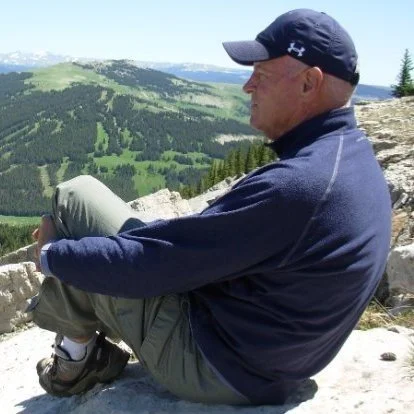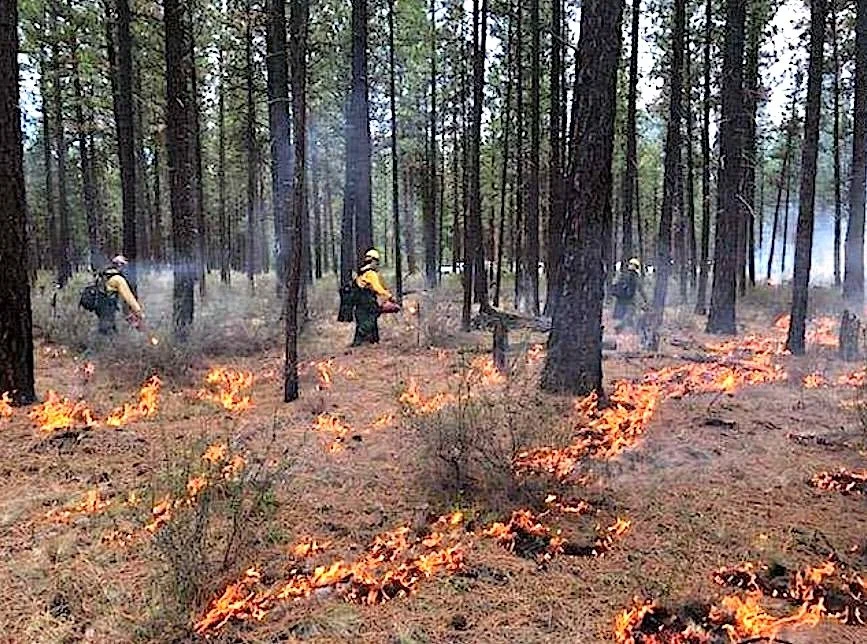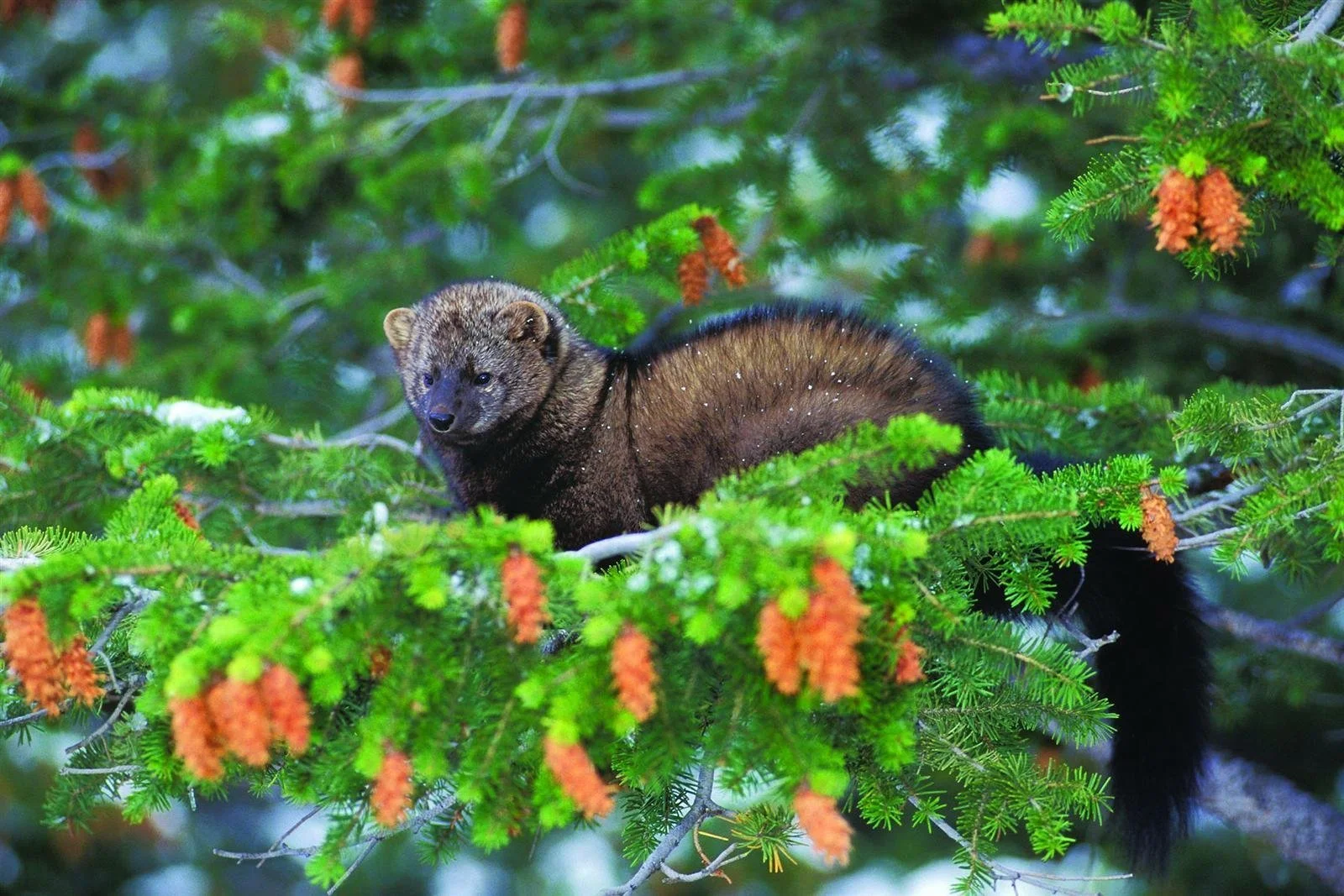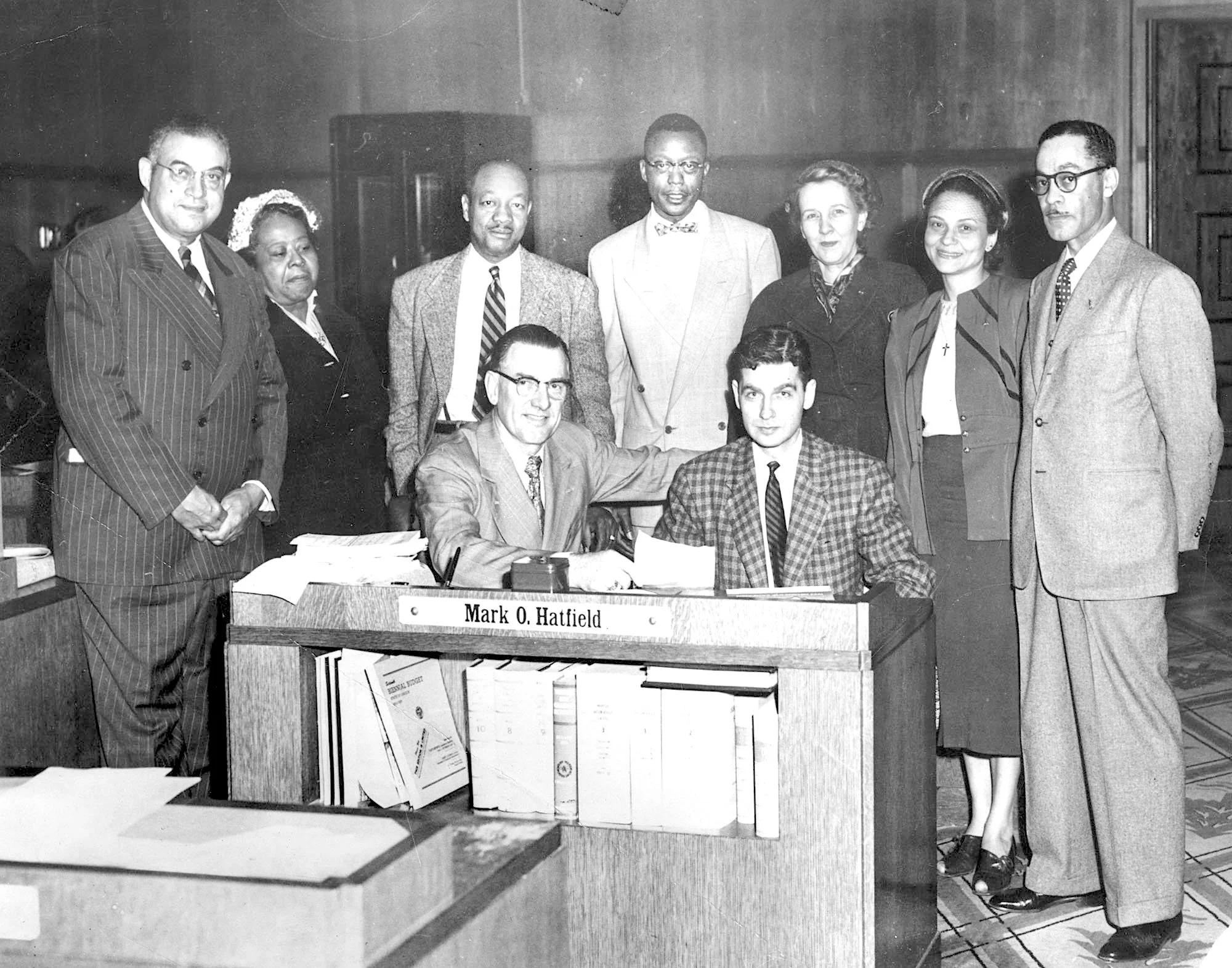Sort By Category
- 30x30
- Administration
- Antiquities Act
- Book Reviews
- Bureau of Land Management
- Climate Change
- Climate change
- Coasts
- Congress
- Counties & Federal Lands
- Courts
- Courts & Litigation
- Department of Agriculture
- Department of Interior
- Deserts
- Ecological Reserves
- Ecosystems
- Elections
- Endangered Species
- Energy
- Estuaries
- Federal Lands
- Fish
- Fish and Wildlife Service
- Forest
- Forest Fires
- Forest Service
- Forestry
- Forests
- Grasslands
- Land & Water Cons. Fund
- Land & Water Conservation Fund
- Legislation
- Litigation
- Livestock Grazing
- Marine Protected Areas
- Marine Sanctuaries
- Mature & Old-Growth Forests
- Mature and Old-Growth Foresrts
- Mining
- Nat'l Conservation Lands
- National Forest System
- National Marine Sanctuaries
- National Monuments
- National Monuments Act
- National Park Service
- National Park System
- National Parks
- National Recreation Area
- National Scenic Area
Sort By Tag
- 1002 area
- 30x30
- 5th Amendment
- ANWR
- Acadia National Park
- Adam Smith
- Administrative Procedure Act
- Advancing Conservation and Education Act
- Alan Bates
- Alan Deboer
- Alaska
- Alaska National Interest Lands Act
- Alaska Native Claims Settlement Act
- Aldo Leopold
- American Forest Resource Council
- American Prairie Reserve
- American Tree Farm System
- American beef supply
- American black duck
- American woodcock
- Ammon Bundy
- Ancient Forest National Park
- Anders Eskil Carlson
- Andrea Salinas
- Andrew N. Gray
- Andy Kerr
- Animal unit month
- Ansel Adams
- Antiquities Act
- Applegate Primitive Backcountry Area
- Aqua Fria National Monument
- Aquatic Conservation Strategy
- Aquatic Conservation and Riparian Strategy
- Arches National Monument
- Arches National Park
- Arctic National Wildlife Refuge
- Areas of Critical Environmental Concern
- Army Corps of Engineers
- Association of O&C Counties
- Astoria Canyon
- Astoria Fan
- Atlantic Coast
- Augusta Canal NHA
- Avarna Group
- Avi Kaw Ame
- BLM Conservation Rule
- BLM Zone 3 Lands
- BOEM Oregon Planning Area
- Baboquivari Peak Wilderness
- Baker County
The Public Lands Conservation Legacy of Senator Ron Wyden, Part 2: An Opportunity for Greatness
To be remembered as the greatest public lands conservationist to come out of the Oregon congressional delegation, Wyden needs to step up his game.
Roadless Area Ping Pong
58.5 million acres of inventoried roadless areas within the National Forest System are once again in existential jeopardy.
A National Monument for the Douglas-Fir
If currently degraded forests are included in a national monument dedicated to long-term conservation, our grandchildren will be able to see the vast landscape of old-growth Douglas-fir forests that our grandparents saw.
The Demise of Northwest Forest Plan
Like bankruptcy, the death of the Northwest Forest Plan has proceeded slowly and might end quickly.
Remembering Jim Furnish, Oregon Conservationist
America’s national forests have lost the greatest inside champion they’ve ever had.
The Demise of the National Old-Growth Amendment: Never Say Neve
America’s national forests have lost the greatest inside champion they’ve ever had.
Rethinking Commercial Thinning as a “Tool” to Ecologically Restore Frequent-Fire Forest Types (Part 2): Burn, Baby, Burn
A new scientific review of many scientific papers suggests it is not necessary to thin before reintroducing fire into fire-dependent forests. Part 2 examines the new science and its implications for policy.
Saving Old Growth from the Forest Service
The Forest Service is blowing President Biden’s chance of saving mature and old-growth forest for this and future generations.
About That Vision Thing
When political realities come up against ecological realities, the former must be changed because the latter cannot.
O&C Lands Act, Part 4: Repeal the Act and Transfer the Lands
This is the fourth in a series of four Public Lands Blog posts regarding the infamous “O&C” lands, a variant of public lands administered by the Bureau of Land Management. Part 4 recommends repeal of the O&C Lands Act of 1937 and transferring administration of all BLM lands in western Oregon to either the Forest Service or the Fish and Wildlife Service.
The Unmaking of the Northwest Forest Plan, Part 2: Remaking It for the Next Quarter Century
This is the second installment of a two-part series on the Forest Service seeking to amend the Northwest Forest Plan. Part 1 examined the motivation of Forest Service bureaucrats to release themselves from the shackles of the plan, all the while playing up happy talk about ecosystems and sustainability and downplaying the sad truth of more roading and logging. Part 2 examines how to strengthen the Northwest Forest Plan for the benefit of this and future generations.
The Unmaking of the Northwest Forest Plan, Part 1: Out with Enforceable Substance and in with Performative Process
This is the first installment of a two-part series on the Forest Service seeking to amend the Northwest Forest Plan. Part 1 examines the motivation of Forest Service bureaucrats to release themselves from the shackles of the plan, all the while playing up happy talk about ecosystems and sustainability and downplaying the sad truth of more roading and logging. Part 2 will examine how to strengthen the Northwest Forest Plan for the benefit of this and future generations.
Preforests in the American West, Part 1: Understanding Forest Succession
This is the first of a two-post exploration of the stage of forest succession that occurs after a stand-replacing event and before the canopy again closes and dominates the site. In Part 1, we discuss why preforests are valuable, if undervalued. In Part 2, we will address management of preforests to preserve their ecological value.
Preforests in the American West, Part 2: “Reforestation,” By Gawd?
This is the second of a two-post exploration of the stage of forest succession that occurs after a stand-replacing event and before the canopy again closes and dominates the site. Part 1 discussed why preforests are valuable, if undervalued. Part 2 addresses management of preforests to preserve their ecological value.
Book Review: Our Common Ground: A History of America’s Public Lands
Understanding the history of public lands is useful if one is to be the best advocate for the conservation of public lands.
Blumenauer’s REC Act of 2022: A Wreck for Conservation
Blumenauer’s bill would open up Mount Hood National Forest to new logging loopholes.
Oregon’s Glaciers: Going but Not Forgotten
Glaciers are history, in Oregon and everywhere. Due to climate change, the American West is dramatically warming. Glaciers are dying and snowpacks are declining as well. Ironically, this rapid melting is artificially keeping stream flows up in basins served by glaciers.
Mark Odom Hatfield, Part 2: A Great but Complicated Oregonian
This is the second of two Public Lands Blog posts on the most consequential Oregonian yet to serve in the United States Senate. In Part 1, we looked at his role in enabling the destruction of Oregon forests. In Part 2, we look at his complicated legacy.
Toward 30x30: Using Presidential Authority to Proclaim National Wildlife Areas Within the National Forest System
The president could use authority granted long ago by Congress to significantly elevate the conservation status of large areas within the National Forest System.
30x30, Part 3: Forty-Four Tasty Conservation Recipes One Can Make at Home—If One Lives in the White House
This is the third of three Public Lands Blog posts on 30x30, President Biden’s commitment to conserve 30 percent of the nation’s lands and waters by 2030. In Part 1, we examined the pace and scale necessary to attain 30x30. In Part 2, we considered what constitutes protected areas actually being “conserved.” In this Part 3, we offer up specific conservation recommendations that, if implemented, will result in the United States achieving 30 percent by 2030.



















